How To Find The Northern Lights In Iceland
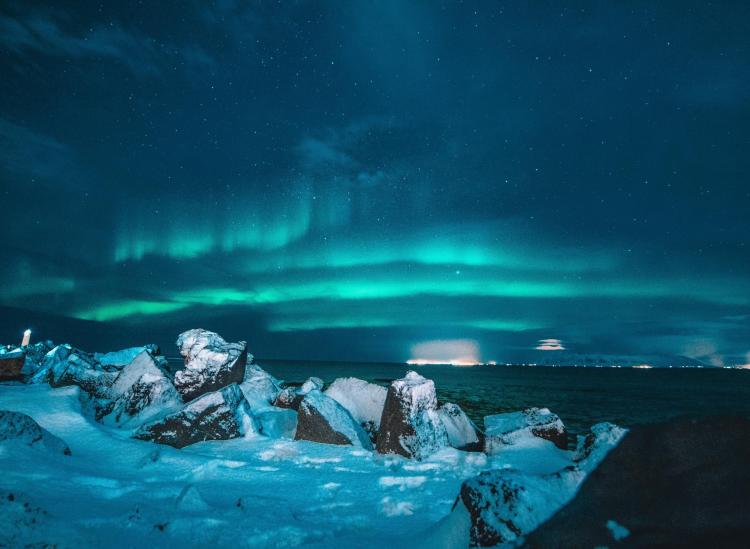
Unsplash/Nicolas J Leclercq
Finding the Aurora Borealis, AKA the Northern Lights, is like winning an amazing celestial lottery. But if you’re headed to an Arctic destination during the months when the skies stay dark at night like Iceland, here’s what you need to know to increase your chances of spotting the wonder. Treat this list as your checklist for finding the Aurora. Happy hunting!
1. You need darkness.
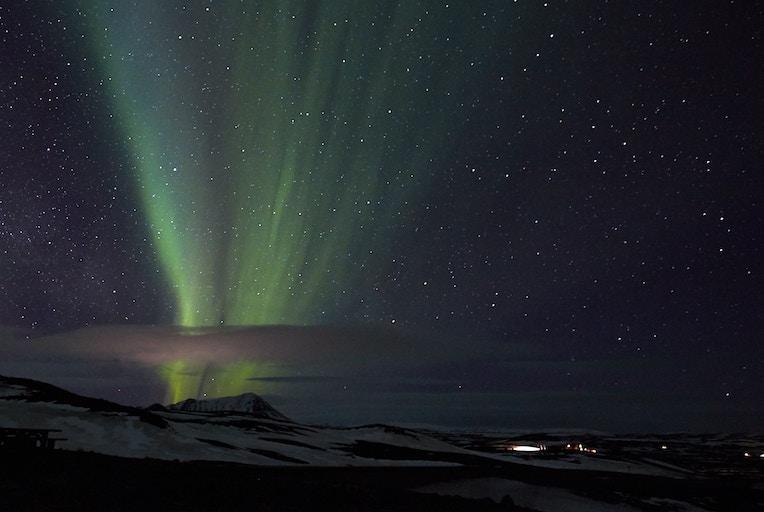
Unsplash/Martin Bretchtl
Chances of spotting the Northern Lights when the sky is bright on its own are slim to none. You need darkness to allow the Aurora to shine. So that means the months of the midnight sun aren’t your best bet. Instead, take your trip between late August and early April — or even better, from November to March when you have the highest number of dark hours in the day.
2. You need clear skies.
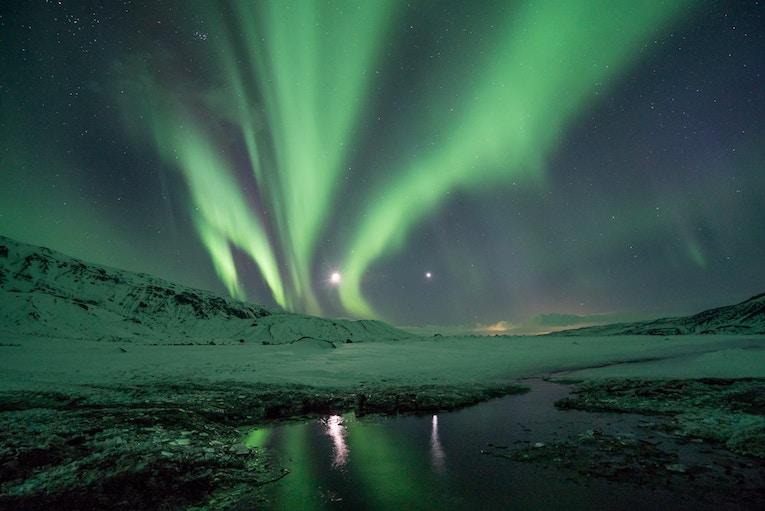
Unsplash/Jonatan Pie
The weather changes in the blink of an eye in Iceland. However, if a forecast calling for a snowstorm that will 100 percent last throughout the entire evening, then it’s not likely that you’re going to see the Northern Lights. But if the radar is showing clear or partly clear skies, your chances get better and better.
3. You need wilderness.
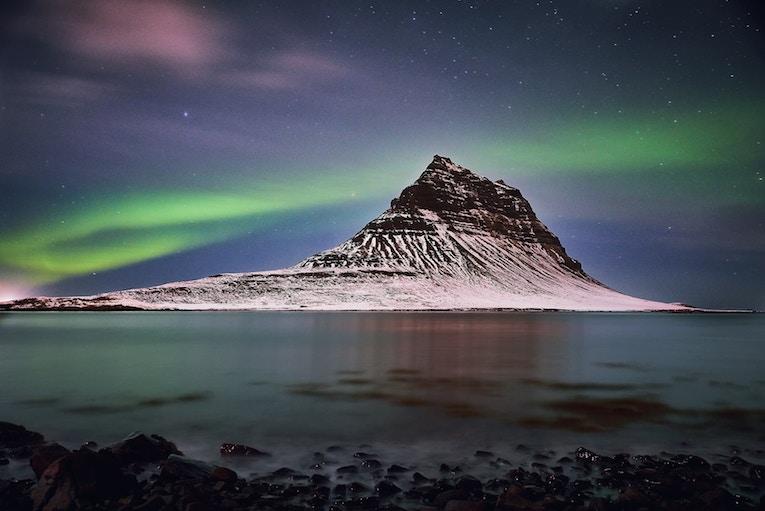
Unsplash/Landon Arnold
Besides plenty of dark hours in the day, you also need to be far far away from any man-made light. That means (although, every once and a while, you’ll get super lucky) you probably won’t spot the Aurora from the center of Reykjavik. Instead, drive out to nearby Thingvellir National Park where signs of human civilization are few. Even better, camp out overnight in the middle of nowhere. Iceland autumns and springs are ideal times for camper vans.
Alternatively, you can book a Northern Lights tour and have an Aurora-chasing guide bring you to the best spots in the country without needing to take your eyes off the skies for a second.
4. You need solar winds.
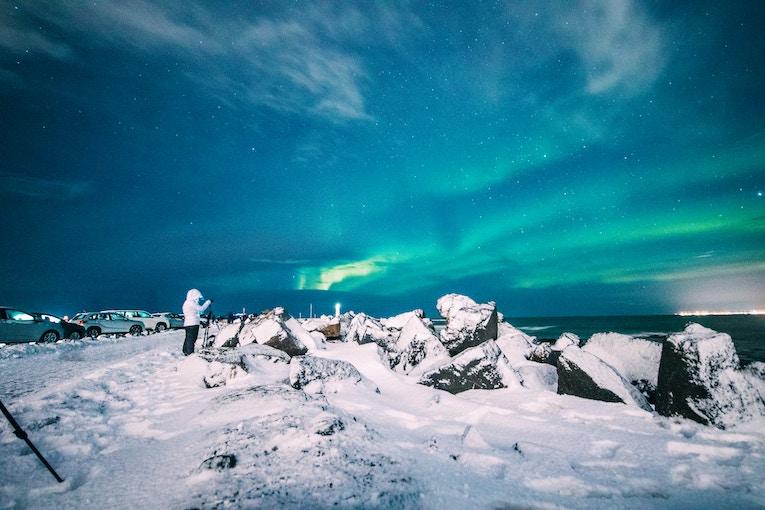
Unsplash/Nicolas J Leclercq
The most critical (and most complicated) factor of the Aurora Borealis are the solar and magnetic interactions in the atmosphere that create its beautiful effect. There are websites dedicated to tracking these winds, such as the Aurora Tracker, so you can see what the experts are saying.
5. You need luck.
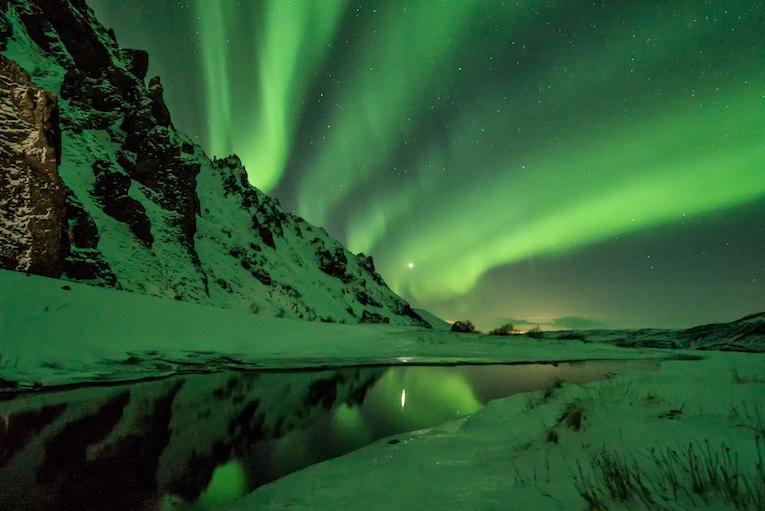
Unsplash/Jonatan Pie
But even on days when the websites are saying, “Go go go!” you might not be in the exact right spot at the exact right time. And on days when even the most seasoned locals say the chances are low, you might pull off on the side of the highway because the lights are spreading over the entire sky. It all comes down to luck, and we wish you the best in your searching!
RELATED
Why You Should Visit Iceland In The Winter
This Sleek Airbnb Completely Blends Into The Icelandic Wilderness
This Icelandic Beach Transports You Back To The Ice Age











